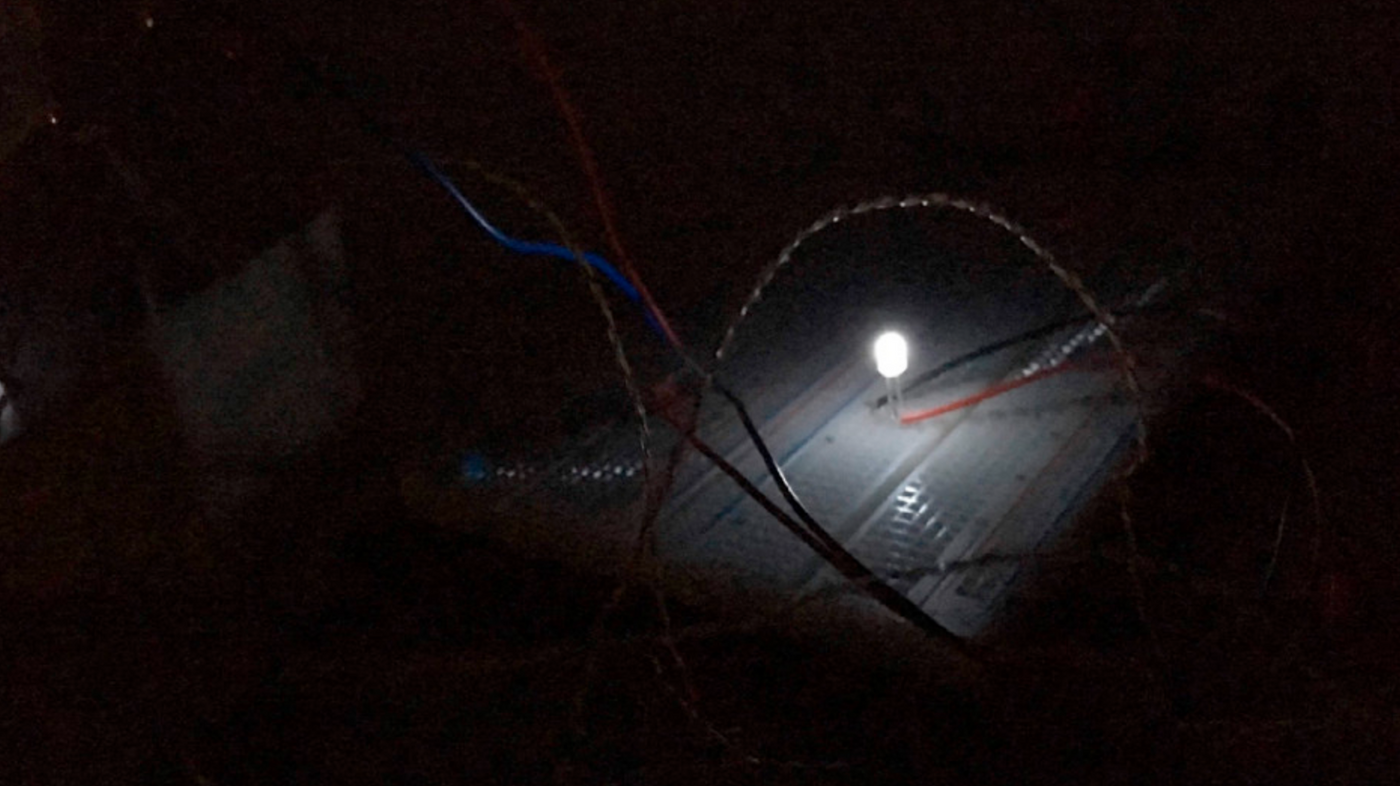Prototype Generator Sucks Energy Out of "Complete Darkness"
The way we humankind harvest energy has come a long way. Our ancestors burned organic matters (wood, wax, and dry grass), and took advantage of the kinetic energy of flowing water and air. Thanks to advances in science and technology, nowadays our society have access to a greater diversity of energy source, such as fossil fuels (coal, oil, and natural gas), renewables (solar and wind power), and nuclear.
Recently, a team of researchers at the University of California Los Angeles and Stanford University announced that they have developed a new device that can harness the process of heat release during nighttime for generating electricity, literally sucking the energy out of its surrounding.
This prototype device, capable of lighting a tiny LED bulb, actually shares certain similarities with solar panels, even though the ways they function seem like "day and night" apart.
Inside a solar panel, its semi-conductive parts are capable of creating electric potential upon exposure to sunlight. The absorption of photonic energy causes excitation of electrons and make them "jump up" to a higher-energy state.
Depending on the type of semi-conductor, an excited electron can either escape or remain within the material. The former is known as the photoelectric effect, and the latter is called the photovoltaic effect, which is the energy harvesting mechanism of solar panels.
Besides via the direct excitation of electrons, a photovoltaic effect can also be observed when a semiconductor gets heat up, which creates temperature gradients.
Thermoelectric generators, such as the one developed by the Californian scientists, can generate electric currents by taking advantage of thermal gradients, a phenomenon known as the Seebeck effect (named after discoverer and physicist Thomas Johann Seebeck).
As for the source of heat, one need not to look further than what's beneath our feet. After a full day of sunlight, the ground gets heat up and become warmer than the atmosphere. In the night time, the heat escapes through the radiative cooling effect, the loss of heat by thermal radiation.
Humans have a long history to utilize this phenomenon. For example, in ancient India people invented a refrigeration method without the use of electricity: they made ice by placing a shallow ceramic tray covered by a thin layer of water outside under the night sky. The migration of heat from the water to its environment by convection was fast enough to allow the water to freeze overnight.
In their study, the proof-of-concept power generating system was constructed with a 20-centimeter (8-inch) aluminum disk painted black, which is connected to commercial thermoelectricity generators. As the disks radiate heat into ambient air, its thermoelectricity generator starts to work.
The researchers hopes that their design can address the problem of solar panels, which only generate power under the sun and don't work at night. Batteries can be used to store energy and mitigate the issue but they aren't cheap. And the use of rare metal for semiconducting materials in solar panel makes them less affordable and environmentally friendly.
With the future improvement of their prototype devices, scientists believe that they will be able to raise the efficiency of its power production and bring this up to 0.5 watts per square meter of the disk, which allows the system to light up a house overnight.
This latest invention is reported in the journal Joule.
Want to know more about the radiative cool effect? Check out this video from Stanford University.
Shanhui Fan | Nighttime radiative cooling: Harvesting the darkness of the universe (Stanford ENERGY)
Source: Gizmodo










